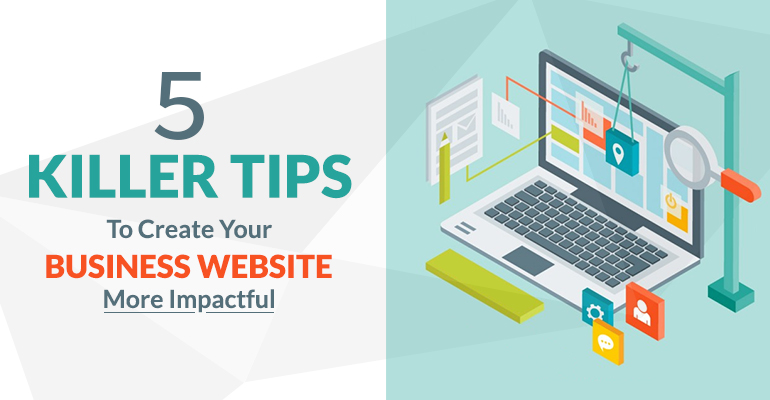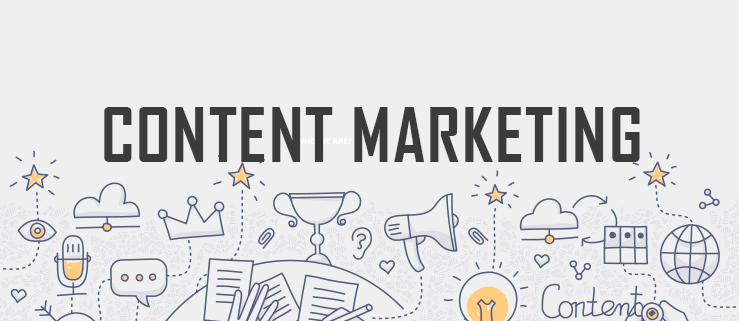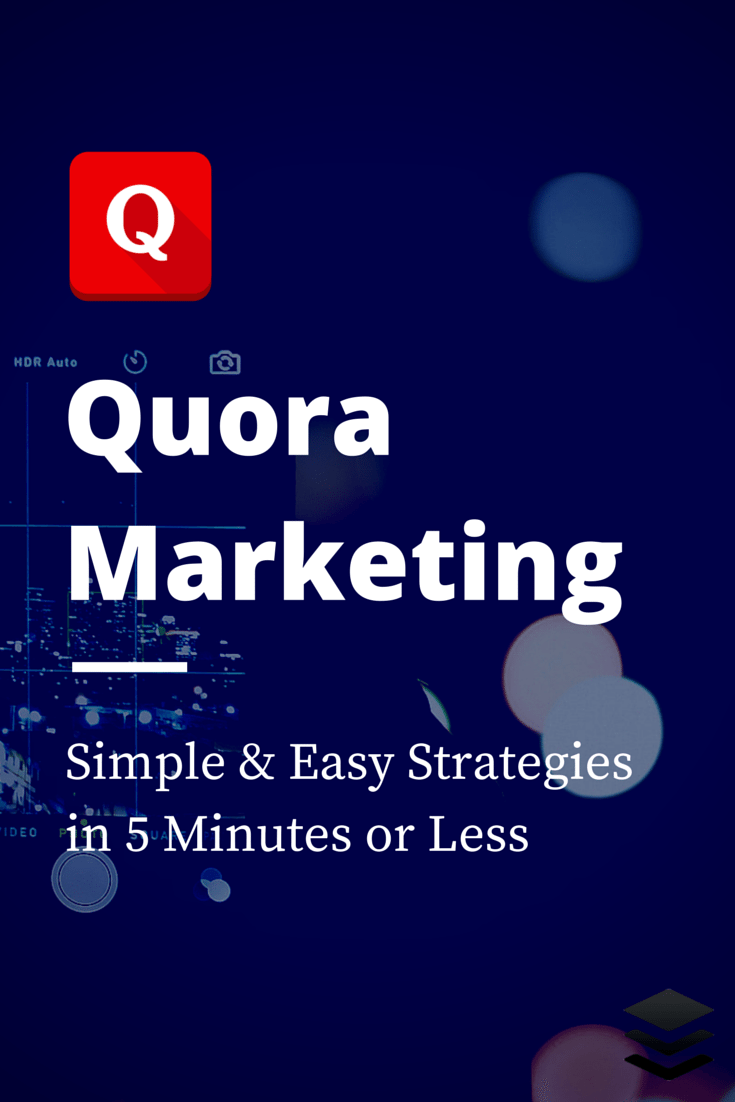
Your niche audience can benefit from content marketing stats. By studying your competitors' content, you can learn about their target audiences. One example is the average age of customers. You can also look into the personal characteristics of your target audience, called psychographics. Knowing these factors will help you to create a content strategy that is most likely to resonate with your target market. The goal is to attract as many visitors to your website as possible, and you can use these information to tailor your content marketing strategy accordingly.
User-generated content
One of the most exciting trends in content marketing is the increasing amount of User-Generated Content (UGC). UGC is a revolutionary marketing tool that has seen a surge in popularity. The stats back this claim are overwhelming positive. Brands that embrace this new tool not only will gain new customers and influencers, they'll also be able reach new markets. UGC is both more authentic and less costly than traditional advertising methods. Here are six UGC statistics that will convince you if you still doubt it.
Infographics
Infographics are a popular media type in content marketing. You can use them to educate your audience and increase your brand's credibility. It is a simple but effective way to communicate complicated information in a concise manner. Infographics often include videos. A video infographic will enable you to demonstrate various diagrams and explain information with voiceovers. When creating video infographics, you need to be careful about the quality of your software.

Podcasts
Podcasts can be a powerful content marketing strategy. This new type of content market allows you to communicate with your target audience one on one. Podcasts are free to create, easy to listen to, and highly engaging. These are just three reasons to use podcasts as part of your marketing strategy. First, they are accessible and engaging. They can also be used to generate leads and offer a wealth of information.
Social media content generation
Social media is a popular channel for content promotion. More than 95% of content marketers use social media to share their content. Many companies have profiles that are associated with their founders and corporate identities. Social media is a great place to share stories or broadcast links. B2B content will have lower shares than B2C. However, B2C content still has a high popularity, with nearly nine times the shares.
Mobile conversions
Mobile conversions are a key component of content marketing strategies if you're looking to increase traffic to your website. According to a recent study, mobile users only spend about a minute per visit to get an impression of a site. This means that your content must take advantage of every means of visibility to boost mobile conversions. These are some tips to help increase your mobile conversion rate. Make sure to include images in your content.

FAQ
How can Content Marketing Strategy help you?
A Content Marketing Strategy gives you access to data you wouldn't otherwise have. This data allows you to measure which types of content perform better than others.
It helps you identify the strategies you should use to drive more traffic to your site. It gives you insight into your audience to help you develop better content.
This allows you to focus on the good content and less worrying about whether it works.
A Content Marketing Strategy also helps you analyze what messages resonate most with your audience.
By analyzing these messages, you can figure out what content they prefer. This will allow you to create similar pieces of content, and help keep your ideas alive.
A Content Marketing Strategy can help you track the performance of your content. You will see which content types are performing better as you share more.
In summary, a Content Marketing Strategy will ensure that your content performs to its potential.
What does Content Marketing look like?
Your site is visited by someone who is looking for something. If they find what they need, great! If not, they will leave the site and look elsewhere. Content marketing helps you provide useful and valuable information that answers questions and solves problems. This content can also be used on social media, email and other platforms. This ensures that everyone has access to the content.
What are the content strategies for different topics?
Content strategy is an umbrella term used to describe all aspects of how you create, manage, distribute, measure, and optimize content for digital channels. This includes not only what you post on social media sites like Facebook and Twitter, but also what you highlight on your website, blog and other online properties.
Content strategy is crucial because it determines where your focus should be, what content types to use, and how you communicate with your audience.
It is about understanding how content fits within the overall business goals to help you achieve them.
What platform is best for content marketing?
There are many platforms today. Each one has its advantages and disadvantages. Here are some popular options:
-
WordPress - Simple to setup and manage. Amazing community.
-
Wix - Easier than WordPress to set up and maintain. There is no technical knowledge required.
-
Squarespace – Best choice for those with a website.
-
Blogger - Free blogging service.
-
Medium – A place for writers and artists to share their work.
-
Instagram - An image-based platform.
-
LinkedIn - A networking tool.
-
Facebook – A social network.
-
YouTube - Video sharing platform.
-
Pinterest - Image-based platform.
-
Google Analytics – Track visitor behavior.
-
Hubspot - Email marketing software.
-
MailChimp - Email marketing software.
Statistics
- Forty-seven percent of buyers view 3 to 5 pieces of content before engaging with a sales representative. (mailchimp.com)
- In fact, would pay more for a better customer experience, and 86% of B2B buyers would pay more. (neilpatel.com)
- To further show the importance of this, 89% of people have stopped doing business with a company because of a poor experience. (neilpatel.com)
- We found that 40% of businesses don't have a documented strategy yet. (semrush.com)
- According to research compiled by Coschedule: Companies that publish 16+ blog posts a month get as much as 3.5x as much traffic as those that publish 0-4 posts a month. (criteo.com)
- Progress indicators (0–100%) allow each team member to see how attainable each goal is and understand what remains to be accomplished. (semrush.com)
- According to our research, brand awareness, attracting traffic, and generating leads remain the key content marketing goals in 2022. (semrush.com)
- This marketing strategy landed Ford a 15.4% conversion rate. (neilpatel.com)
External Links
How To
Infographic Design Tips for Content Marketing
Infographics make complex concepts simple and easy to understand. Use infographics as a tool to promote your content marketing message.
To create an infographic, Adobe Illustrator or Photoshop is required. These programs can be used for drawing out shapes and elements to represent data. After that, you can add fonts and colors to make it look professional. Once you have your design ready, upload images from Unsplash or Pixabay to add to it.
Check out existing infographics online to get some ideas. If you want to show calories in certain foods, then you can take a picture or diagram of a food pyramid, and add pictures of the foods. You might also want to calculate how many calories are in soda pop. This can be done by taking a picture with a bottle of Coke.
Once you've designed your infographic, you can share it through social media channels like Facebook and Twitter. This makes it easy for people unfamiliar with the concept to learn. If you decide to post your infographic on social media platforms, include hashtags so others can see what you're talking about. You can use hashtags to allow others to follow your conversations about specific topics.
Try to make your infographic posts shorter than you normally would if you create one. An average blog post can range from 2000 to 5000 word, while an informationgraphic needs only 500 to 1000 words. You can communicate more information in less space.
When designing your infographic, remember that some viewers may struggle to read small font sizes. Use large fonts, but don't overuse color in your infographics. Make sure all text is legible.
These are additional tips:
-
Select an Infographic Template. There are many free templates online. Canva, Piktochart and Google Slides are the most used templates.
-
Create your Infographic. Use the template below to create your infographic. You can use whatever media is most appropriate for your audience. If you want to create an infographic on the best places for food in Seattle, for example, you might use photos from local restaurants.
-
Add text. After creating your infographic, add text with Microsoft Word, PowerPoint, and Canva.
-
Add Images. Your infographic can also include images. These can be pictures, charts, graphs, or icons. Make sure the picture is relevant to your topic before you add it.
-
Make It Interactive. Interactive elements can include buttons, maps, or links. This will help engage your audience.
-
Share. Share your infographic with others on social media such as Facebook, Twitter and LinkedIn.
-
Measure. Measure. Did people click through to your website? Did they signup for your mailing list? What was their reaction to your infographic?
-
Improve. Do you think there are ways to improve your infographics Are you able to do it better the next time?
-
Repeat. Do this again!